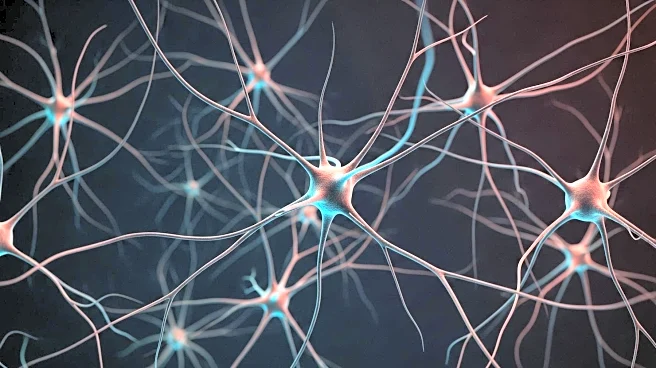What's Happening?
A team of scientists from the University of Maryland and the U.S. National Institute of Standards and Technology (NIST) has conducted a study using the NISTCHO, a new industry-standard reference cell line, to test culture media from five leading manufacturers. This research aims to lower the cost of monoclonal antibody production by transitioning from batch to continuous perfusion processing. The NISTCHO cell line, a Chinese Hamster Ovary (CHO) cell line, is designed to improve reproducibility and collaboration in bioprocessing research.
Why It's Important?
The introduction of the NISTCHO cell line represents a significant advancement in bioprocessing, particularly for the production of monoclonal antibodies. By providing a standardized reference, the NISTCHO enables more consistent and reproducible experiments across different laboratories. This can lead to more efficient production processes, reducing costs and increasing the availability of antibody therapeutics. The study's findings on media performance at different seeding densities offer valuable insights for optimizing production processes.
What's Next?
The research team plans to explore the maximum density at which the NISTCHO can be successfully grown and how to further enhance its productivity. These efforts will contribute to refining bioprocessing techniques and potentially lead to more cost-effective production methods. The availability of the NISTCHO to academia and industry encourages widespread experimentation and innovation, fostering advancements in bioprocessing technology.










